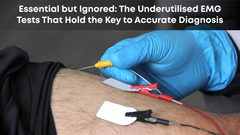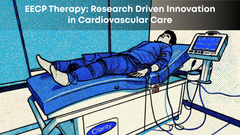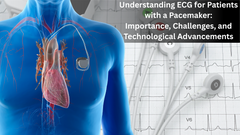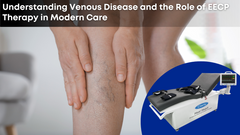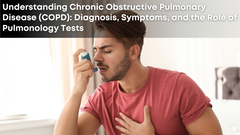SpO2 Accuracy - Clarity Sets A New Standard
Remote telemetry patient data is only as good as the quality of the equipment and the data flow from the device. Oxyhaemoglobin Saturation or SpO2 levels in the blood is a vital sign that is measured using a pulse oximeter.
These devices are attached to the patient’s body, usually to the earlobe, fingertip, or toe. The accuracy of the values from a pulse oximeter determines the type of data that is sent to the telemetry device, which in turn affects the analysis of data. Inaccurate signals or values from a pulse oximeter can directly impact patient care and cause false alarms, affecting the decisions made by the medical staff.
Pulse oximeters deployed in a large hospital environment typically suffer from two problems that can cause a low signal-to-noise ratio (SNR):
1- Patient movements such as involuntary movements during shivers and tremors
2- Low perfusion levels caused by patient health or improper positioning of the sensor
These problems can cause pulse oximeters to misinterpret the true pulse signal, which in turn results in inaccurate oximetry readings.
Since both problems can not be controlled in a real patient setting, it becomes necessary for the pulse oximeter manufacturer to test and validate data from their pulse oximeters under all possible conditions.
The engineers at Clarity Medical have designed stringent and well-structured tests that encompass multiple real-world motion artifacts that can negatively impact readings.
Clarity Medical uses high-end simulators to replicate hospitals scenarios that ensure that nearly every noise-inducing facet can effectively be handled by their device before it is placed in the hands of physicians and hospitals staff. This leads to accurate values under all conditions, even in extreme situations.
This extensive testing with real-world scenarios and a proven track record of accuracy and reliability makes pulse oximeters from Clarity Medical a perfect fit for hospitals and physicians' offices around the world. We are committed to quality at all levels. The company possesses advanced in-house research and development capability to design and manufacture complex hardware and next-generation IoT healthcare systems.






